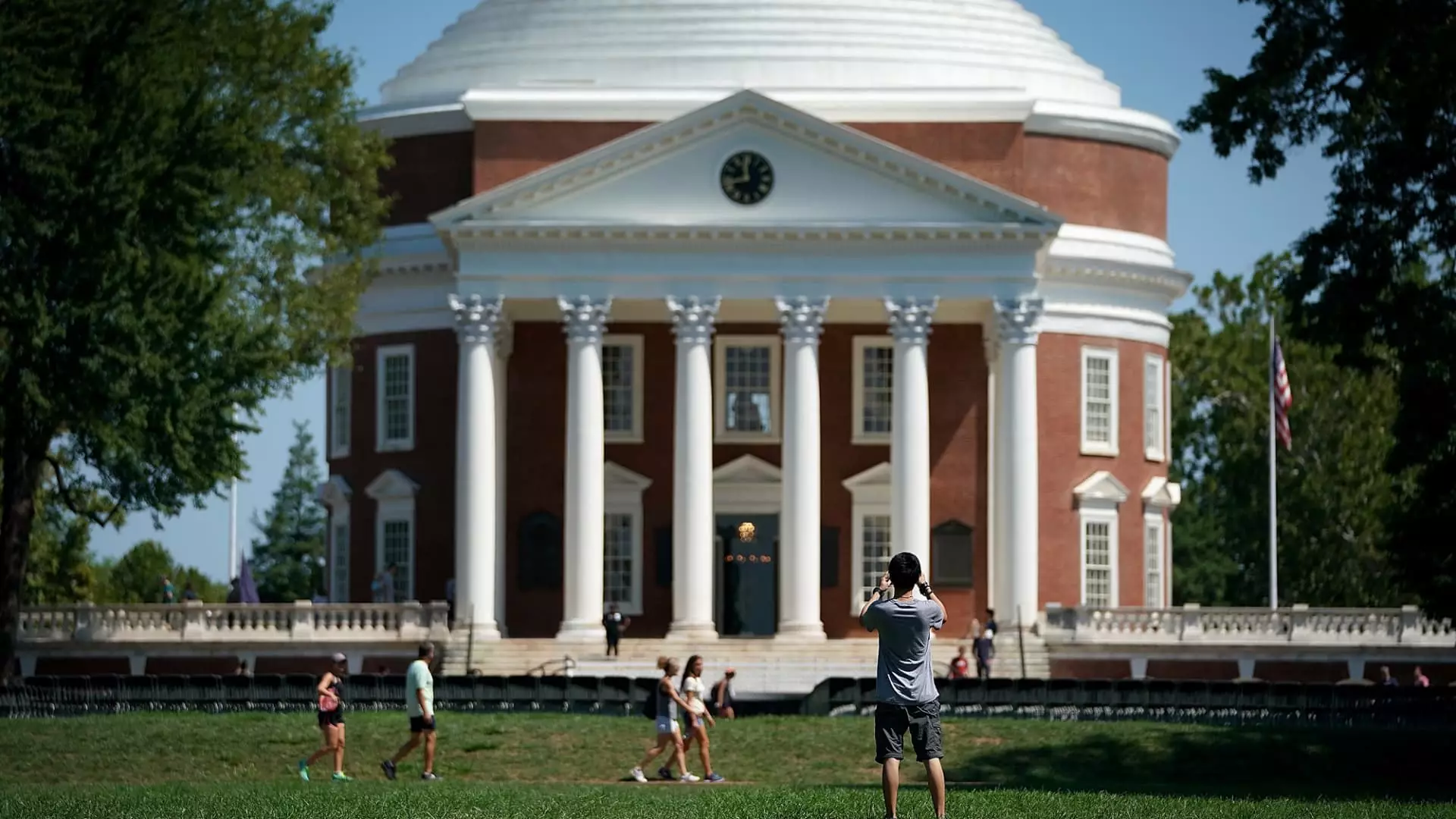Financial aid has always been a crucial aspect for high school students looking to pursue higher education. However, the ongoing issues with the new Free Application for Federal Student Aid (FAFSA) have created significant barriers for students and their families. As of June 14, only 45% of high school graduates have completed the FAFSA, a decrease from 52% the previous year. This has resulted in over 300,000 students missing out on financial aid opportunities, particularly those with the highest need.
The rising cost of college tuition, combined with the challenges in accessing financial aid, has created a financial burden for many families. With the total cost of attending some four-year colleges approaching $100,000 per year, the prospect of higher education seems daunting for students and parents. However, it is important to note that most students do not pay the full sticker price, as there are various financial aid options available beyond federal assistance.
In light of the growing concerns about college affordability, organizations like The Princeton Review have ranked colleges based on their financial aid packages. The 2024 report evaluates over 650 colleges on the amount of financial aid awarded and student satisfaction with their aid packages. By highlighting colleges that provide substantial financial assistance, these rankings aim to guide students and families towards schools that can help alleviate their financial burden.
Experts predict that the challenges with the FAFSA and the rising cost of college could lead to a drop in college enrollment. However, colleges that proactively address financial aid and affordability issues are likely to attract more students. Schools that are known for generous financial aid packages are becoming increasingly appealing to students seeking to minimize their out-of-pocket costs. This highlights the importance of colleges taking a proactive approach to addressing financial aid concerns.
According to The Princeton Review, several colleges stand out for their generous financial aid packages. Schools like Yale University, Vassar College, and Williams College offer substantial need-based scholarships to students, significantly reducing their total out-of-pocket costs. These institutions prioritize making higher education accessible to students from diverse socioeconomic backgrounds, emphasizing the importance of financial aid in achieving educational equity.
While grants remain the most desirable form of financial aid, the application process for accessing these funds must be streamlined. Students should not be deterred by the complexity of the FAFSA application, as it opens up numerous opportunities for financial assistance. By simplifying the FAFSA process and providing resources to help students navigate the financial aid landscape, colleges can ensure that all students have access to the financial support they need to pursue their educational goals.

